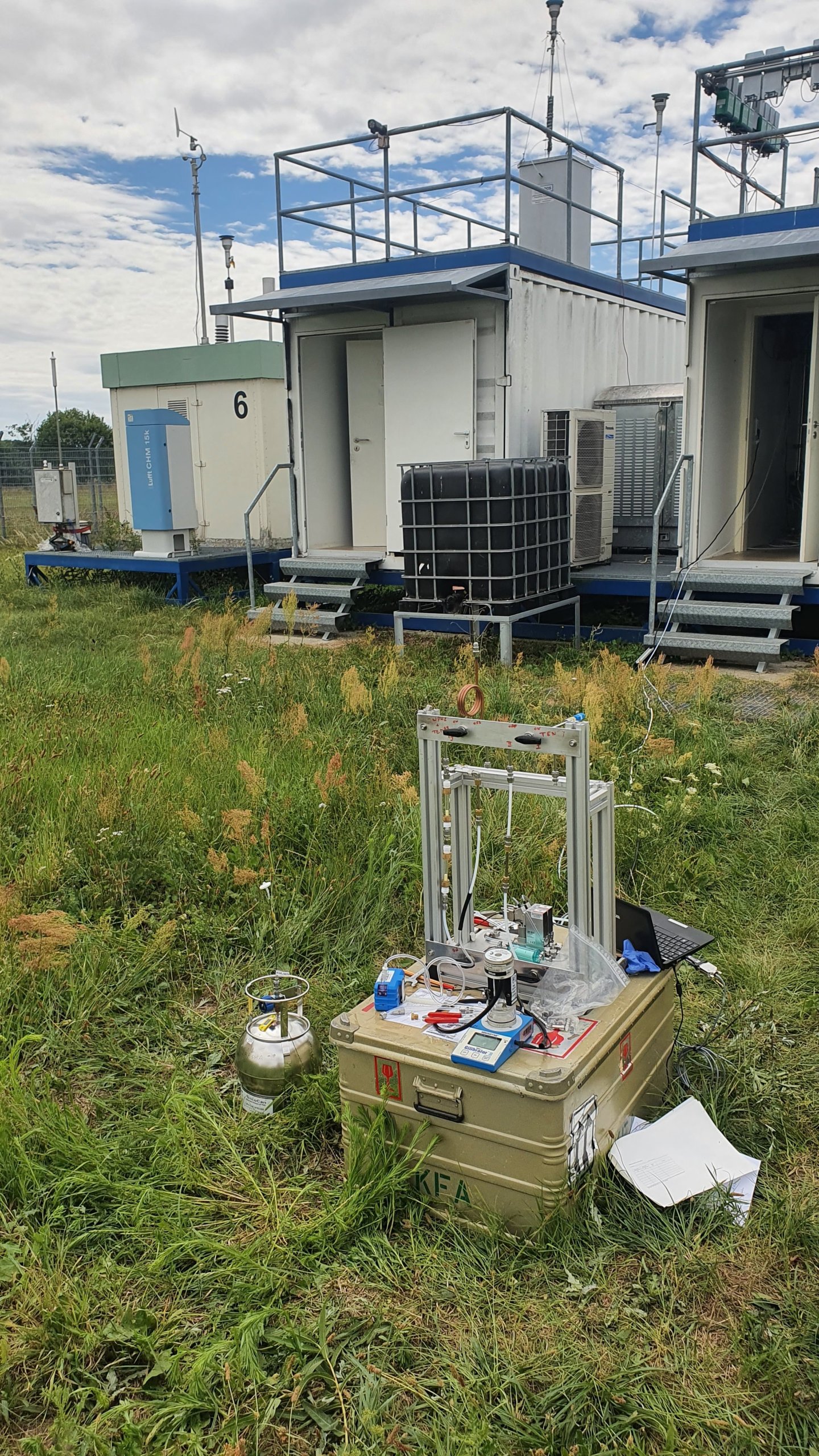ESIG Solvents VOC Inventories
Our ESIG solvents inventories, updated with 2022 data, are now available! The trend observed in previous years continues, with solvents’ volatile organic compound (VOC) emissions remaining stable.
Solvents are now the biggest contributing sector to VOC emissions due to reductions achieved in the road transport sector after the introduction of vehicle catalytic converters to reduce exhaust emissions, and carbon canisters on petrol cars for evaporative emission control.
While this shift isn’t a source of pride, it’s understandable: Solvent VOC emissions decreased by almost 50% due to technical advancements and have now reached a stable state. Despite stability in solvent sales over recent decades, solvents are used in applications where they are necessary and employed as efficiently as possible to prevent the release of non-methane volatile organic compounds (NMVOCs). Solvents play a crucial role in various processes and products, fulfilling essential functions.
Research
ESIG has further investigated how to foster ongoing initiatives on better understanding ozone formation, source contributions and VOC speciation.
In the frame of work done by the EMEP Taskforce of Measurement and Modelling, we participated in a preparation meeting to discuss follow-up actions on the VOC intensive measurement campaign from the summer of 2022. We are pleased to announce our contribution towards funding a new VOC-intensive measurement campaign set for 2024, likely to be conducted during winter.
Experts have also addressed a scientific paper focusing on observations from the summer 2022 campaign. The paper will leverage results from the EMEP model to enhance comprehension of plume development and the occurrence of high ozone peaks. A key aspect will involve analysing the NOx/VOC correlation at various sites to determine whether they are in a NO2 or VOC-limiting situation. All raw data is available to the interested stakeholders.


EU LCI Values
The EU Commission has published a list of “Lowest Concentration of Interest” (LCI) values. These values, based on the analysis of empirical data on health effects, are suggested EU-wide harmonised health-based reference values for the assessment of product emissions – ensuring a safe indoor air environment. The values are being developed by a subgroup of the European Commission’s advisory group for construction (previously working as subgroup of the Joint Research Center).
The list covers 182 substances including many solvents, like glycol ethers, ketones and some hydrocarbon solvents.
Status Gothenburg Protocol
In its 61st session, the Long-range Transboundary Air Pollution (LRTAP) Convention’s Working Group on Strategies and Review (WGSR) concluded that there was significant support for a revision of the Gothenburg Protocol, including the text and annexes, following the conclusions of the review of the Gothenburg Protocol, as amended in 2012, with due consideration of removing barriers to ratification and implementation, in combination with enhancing capacity building and outreach activities.
WGSR recommends to the Executive Body of the Air Convention that it launches a process for revising the Gothenburg Protocol at its forty-third session next week in Geneva.
Also, in September the scientific bodies of the Air Convention met to discuss progress and work programme 2024/25 in the Ninth Joint Session of the EMEP Steering Body and Working Group on Effects.
